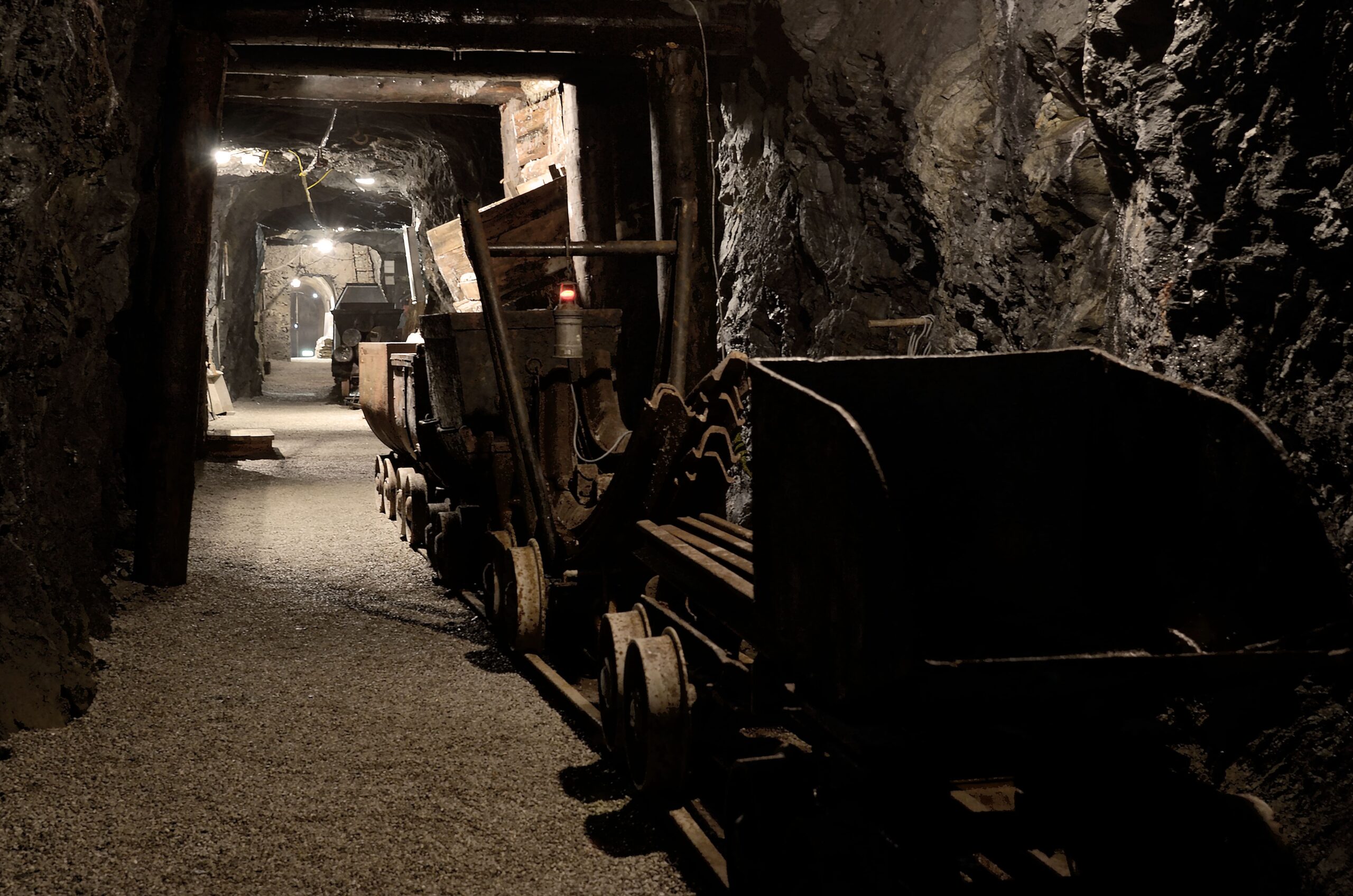Johanna Adit
The Mining and Local History Museum
Association in Mühlbach operates, in
addition to the museum in the former
miners‘ residence, which narrates the
history of Mitterberg mining within its
social context and showcases a rich
geological and mineralogical collection, the
show tunnel at Rohrmoosriedel.
The show tunnel is a former air raid shelter
constructed in 1942 with a length of 120
meters. It was expanded by Matthias
Haingartner, a former miner and founder
of the Museum Association in Mühlbach,
along with many helpers, through
additional side shafts.
The tunnel was opened on December 4,
1987, as part of the Barbara celebration.
Running in a north-south direction across
Rohrmoosriedel at an altitude of 880
meters, the north portal is accessible
via the Pfisterer Bridge crossing the
Schrambach, while the south portal is
above the kindergarten.
The 15 stations within the tunnel vividly
illustrate the development of mining in
Mühlbach am Hochkönig from prehistory
to the late 1970s. Guided tours are offered
through the museum with specially
trained personnel and are particularly
recommended for families.
Kids
The mine coat of arms
The hammer and mallet have been used by miners since the Middle Ages to search for mineral resources in mines. These crossed tools have become the emblem of the miners' guild and also symbolise geologists and all those involved in exploring the earth.
In mining regions, the hammer and mallet are often found on the coats of arms of towns, societies and clubs. They can also be found at the entrances to mine shafts, on church windows, in books and on letterheads. This means that everyone immediately recognises that it is a matter of mining.
The mine coat of arms
The tools hammer and mallet (also called iron and mallet) have been used by miners since the Middle Ages to search for valuable mineral resources in the mines. These two tools, which are also known as "Gezähe" in mining parlance, are often depicted crossed and have become an important symbol for miners. They also symbolise geologists and all those involved in exploring the earth.
In mining regions, the hammer and mallet are often found on the coats of arms of towns, clubs and societies. They can also be found at the entrances to mine shafts, on church windows, in books and on letterheads. It is therefore an identifying feature of miners.
The mine coat of arms
The tools hammer and mallet (also known as iron and mallet) have been used by miners since the Middle Ages to search for valuable mineral resources in mines. In miner's language, these two tools are also known as "Gezähe". They are often depicted in a crossed shape and have become an important symbol for miners. They also represent geologists and all those involved in exploring the earth.
In mining regions, the hammer and mallet are often found on the coats of arms of towns, clubs and societies. They can also be found at the entrances to mine shafts, on church windows, in books and on letterheads. As a result, they are a distinctive sign of recognition for miners.





